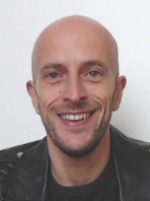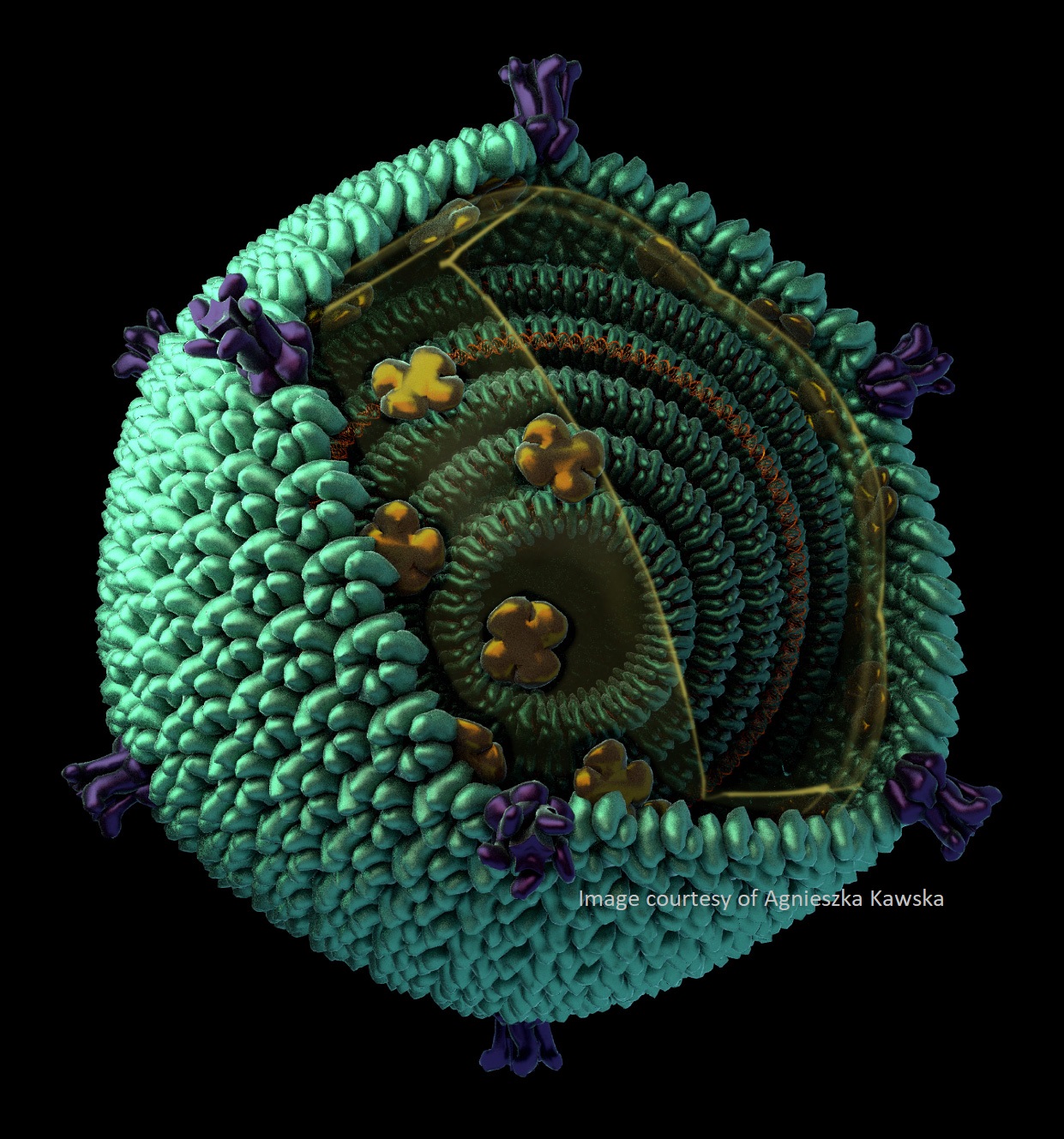Online, Once a Month. Wednesday at 8am PT / 11am ET/ 4pm BST / 5pm CET / 11pm China.
Registration has changed. For zoom links and announcements, please register to our mailing list. This is a read-only mailing list (users cannot post). Please use your institution/ company email – we approve registrations manually and this helps us know who you are . You may receive an email asking you to confirm your registration, it is important that you click the link, otherwise we will not see your request.
Organizers: Joakim Andén, Dorit Hanein, Roy R. Lederman and Steven J. Ludtke
All Talks – Past talks – Upcoming Talks
Next Talk
Last Talk

Massimiliano Bonomi
CNRS Researcher
Institut Pasteur
Date and time: May 7th, 2025 Wednesday at 8am PST / 11am EDT / 4pm BST / 5pm CEST / 11pm China
For the zoom links, please join the One World Cryo-EM mailing list.
Protein structural ensembles from 3D and 2D cryo-EM data
Understanding the molecular mechanisms employed by biological systems to carry out their functions is often essential for rationally targeting associated diseases. In many cases, determining the three- dimensional (3D) structure of these systems provides valuable insights. However, it is frequently the interplay between structural and dynamical properties that determines the behavior of complex systems. While both experimental and computational methods are invaluable tools for studying protein structure and dynamics, limitations in each individual technique can hinder their capabilities [1]. Here, I will present two integrative computational-experimental approaches to combine cryo-electron microscopy (cryo-EM) data (and more) into molecular dynamics (MD) simulations to determine accurate protein structural ensembles [2,3]. I will showcase the capabilities of these methods using different applications to biological systems of outstanding interest. First, I will illustrate how accurate protein structural ensembles can be obtained from 3D cryo-electron microscopy maps with our recently developed EMMIVox approach [4]. Then, I will focus on characterizing the structural and dynamic properties of the CyaA toxin by combining coarse-grained MD simulations with Hydrogen/Deuterium eXchange Mass Spectrometry (HDX-MS), Small Angle X-ray Scattering (SAXS), and 2D single-particle cryo-EM data. Finally, I will show how AlphaFold2 and single-particle cryo-EM images can be synergistically used to characterize the alternative, functional states of a G-Protein Coupled Receptor.
References:
1] M. Bonomi, G. T. Heller, C. Camilloni, M. Vendruscolo. Curr. Opin. Struct. Biol. 42 (2017) 106
[2] M. Bonomi, C. Camilloni, A. Cavalli, M. Vendruscolo. Sci. Adv. 2 (2016) e1501177
[3] P. Cossio, G. Hummer. J. Struct. Biol. 184 (2013) 427
[4] S. E. Hoff, F. E. Thomasen, K. Lindorff-Larsen, M. Bonomi. bioRxiv (2023) 2023.10.18.562710
